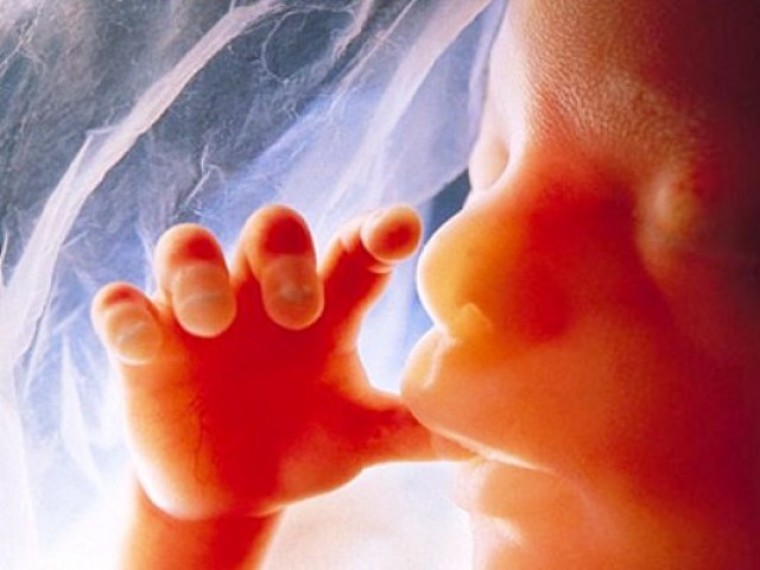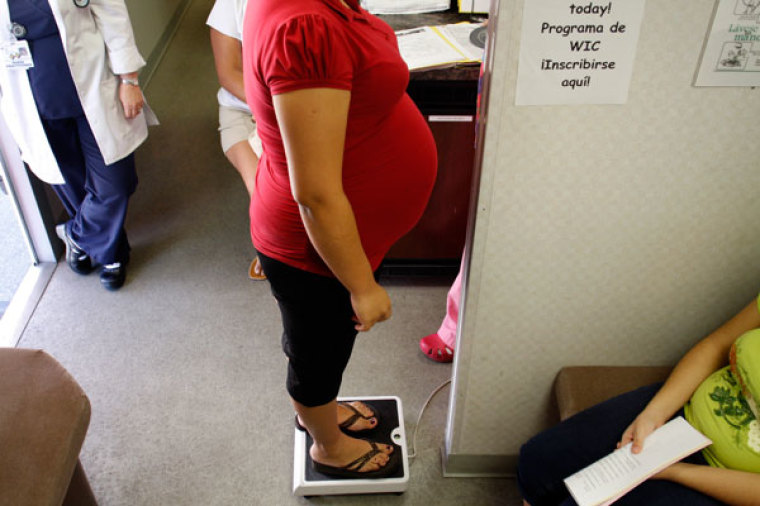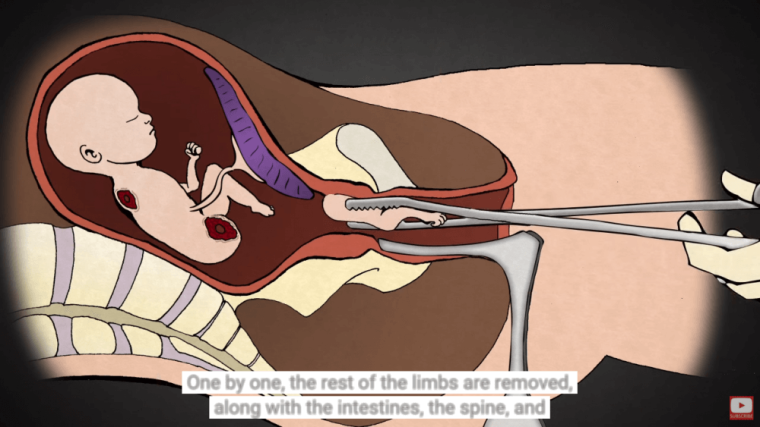Man Who Performed 1,200 Abortions Reveals Why Abortion Is Harmful for Women in 4 New Videos
The pro-life group Live Action released four videos Wednesday that feature a former abortionist explicitly detailing how the most prevalent abortion procedures inhumanely maime the bodies of innocent unborn babies.
The videos feature former abortionist Dr. Anthony Levatino, an obstetrician-gynocologist who conducted over 1,200 abortion procedures before he realized the immorality behind the practice, explaining in detail the step-by-step process of the four most common abortion procedures and what they actually do to an unborn baby's body.
The videos, which detail the processes of dilation and evacuation abortions, medical abortions, aspiration (suction) abortions, and third trimester induction abortions, have been posted by Live Action to a newly created website called AbortionProcedures.com.
"You have leading pro-abortion groups who say that they are pro-choice groups, like Planned Parenthood, like NARAL, who don't want to speak directly to what abortion is. They want to talk a lot about women's health but there is not a conversation really about what is involved during the abortion procedure," Live Action President Lila Rose said during a webcast Tuesday night introducing the videos.
"The power of these videos is that they speak directly to the fact of what abortion is," Rose continued. "It's a powerful tool for our movement and a powerful tool to expose it to the average American, who might not be thinking a lot about abortion or might not have had a personal encounter with the harm of abortion, but it inserts that truth of the reality of what abortion is."
Arguably one of the most appalling forms of abortions is the dilation and evacuation abortion (D&E abortion), which Levatino stated in the videos usually occur during the second trimester.
Levatino explained that with a D&E abortion, the abortionist first dilates the mother's cervix using a sterilized seaweed (laminaria) for up to 24 to 48 hours before the procedure occurs. When the mother returns to the abortion clinic, the abortionist dilates the cervix more with metal dilators and a speculum.
When the mother's cervix is dilated enough, the abortionist uses a suction catheter to drain the mother's uterus of amniotic fluid. After the fluid is drained, the abortionist uses a sopher clamp (a grasping instrument with rows of sharp "teeth") to pull and tear the baby's arms and legs off the body and out of the womb. Then the sopher clamp is used to grasp the child's body and organs. After the legs, arms and body has been removed. The sopher clamp is used to crush the baby's skull into pieces so that it can be removed from the womb more easily.
After all the body parts have been removed, a curette is used to scrape the uterus to remove any remaining body parts and the placenta. Finally, the abortionists reassembles the dead baby's body parts to make sure there isn't any body part left behind.
The website points out that there are many health risks to the mother that are associated with the procedure because of the scraping that is involved in cleaning out the uterus. The health risks include lacerations, excessive bleeding, hemorrhaging, cervical damage, uterine perforation, and scarred tissue. According to the website, one out of 25 women who have the procedure suffer infections.
Such health risks could cause pregnancy complications in the future. When a D&E abortion is done during the second trimester, it increases the risk that the mother will not be able to carry another baby to term.

























